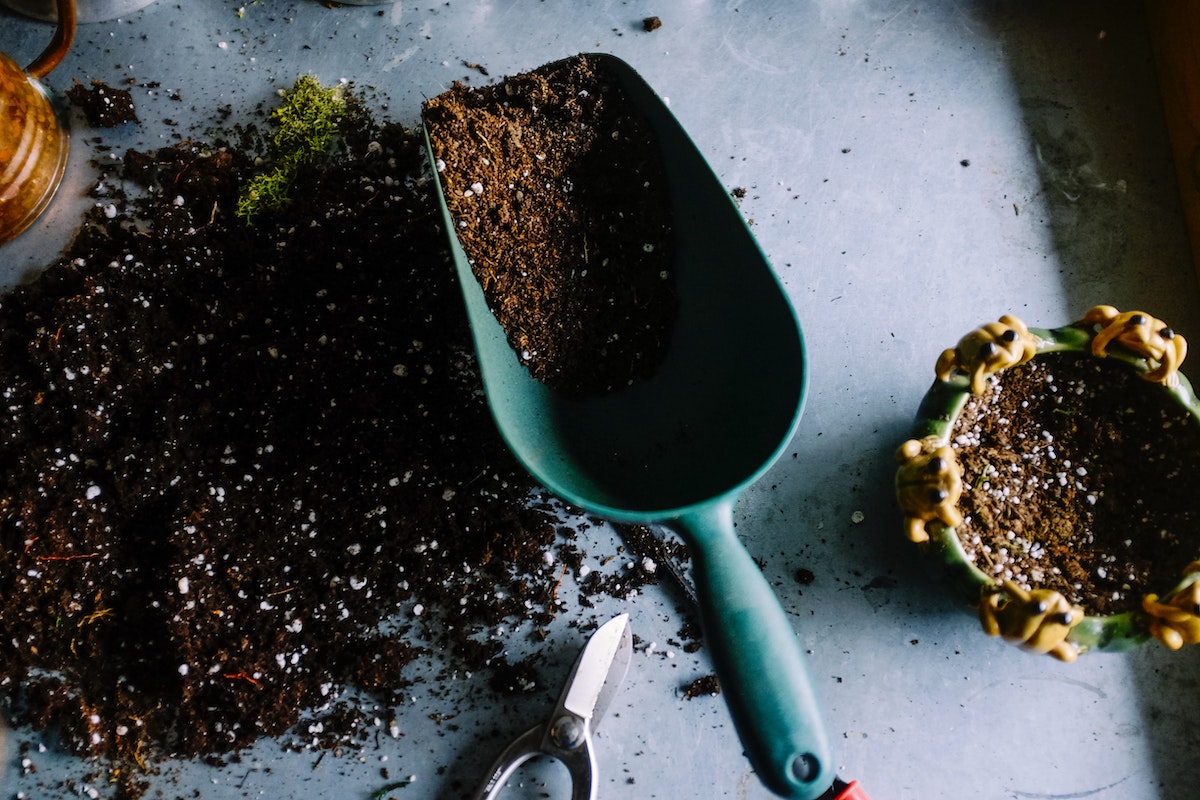Table of Contents
Topping is a basic and important practice of plant training. It consists of removing the top tip from the main stem. This allows horizontal growth of your plant and thus enables them to efficiently use the light. This technique is very easy and simple, and anyone can easily perform it.
People concerned that topping may slow down the growth of their plant, then you shouldn’t worry because properly done topping can increase the plant’s growth horizontally and decrease the time. Continue reading to learn all about topping cannabis.
Importance of topping plants
Usually, cannabis plants grow tall and slender. If they are not given proper training, this can lead to diminished lateral growth as the plant will focus most of its resources on the main stem. This is known as apical dominance. This determines the directional characteristics of the plant—different apical dominance results in different directions of growth. The plants do this because of their in-built program to adapt to the different environments.
Some fast-growing varieties of cannabis are usually in competition for space with other plants, so they adapt to the environment and grow tall. At the same time, some varieties grow broad and spread out to adapt to an environment with little light. Ideally, broad plants are the best as they take in the most light and thus grow faster and produce results faster. This is why topping practice can help you out.
The technique of topping
Topping is a technique through which you can manipulate the growth direction of your plant. In this, the top tips are removed where the hormone ‘auxins’ is produced. This hormone is involved with apical dominance and inhibits the lateral growth of the plant. This removal of auxins enables the lateral branches to grow.
When to apply to the top?
It is important to do topping at the right time. Too soon or too late can affect the growth of your plant. You must wait till the cannabis plant has six nodes. This guarantees that there are adequate roots and stem before the topping is done. It is recommended to top the plant above the 4th, 5th, or 6th node.
How to top plants?
Once your plant reaches the 6th node, you can top it. You will have to choose the node you have to top too. This means that if you are topping to the 6th node, you will leave the 6th node and the branches below it. Topping involves the removal of all the tips above the node. There will be no new growth above this node. This will enable the plant to focus more on lateral growth. Every node has two growth tips.
If you top the plant to the 6th node when the 7th node is just growing, you will have to remove the growing tip above the newly forming shoots. If you choose to top to the 5th node when the 7th node is just growing, you will have to cut away a large portion of the growth tips. You have to snip the growth tips with a pair of pruning snips.
To prevent infections and other possibilities of diseases, you must sterilize the snips by heating in boiling water or over the flame. Also, remember to top on the stem, not just above the node. This prevents the chances of infections and splitting.
Conclusion
Topping is an essential plant training practice. Many other plant practices are dependent on this topping technique. Used alone, it can train cannabis plants and allow lateral growth. New growers might think that this will damage their plant, but it improves the quality of the plant and promotes faster growth.
Photo by Neslihan Gunaydin on Unsplash


